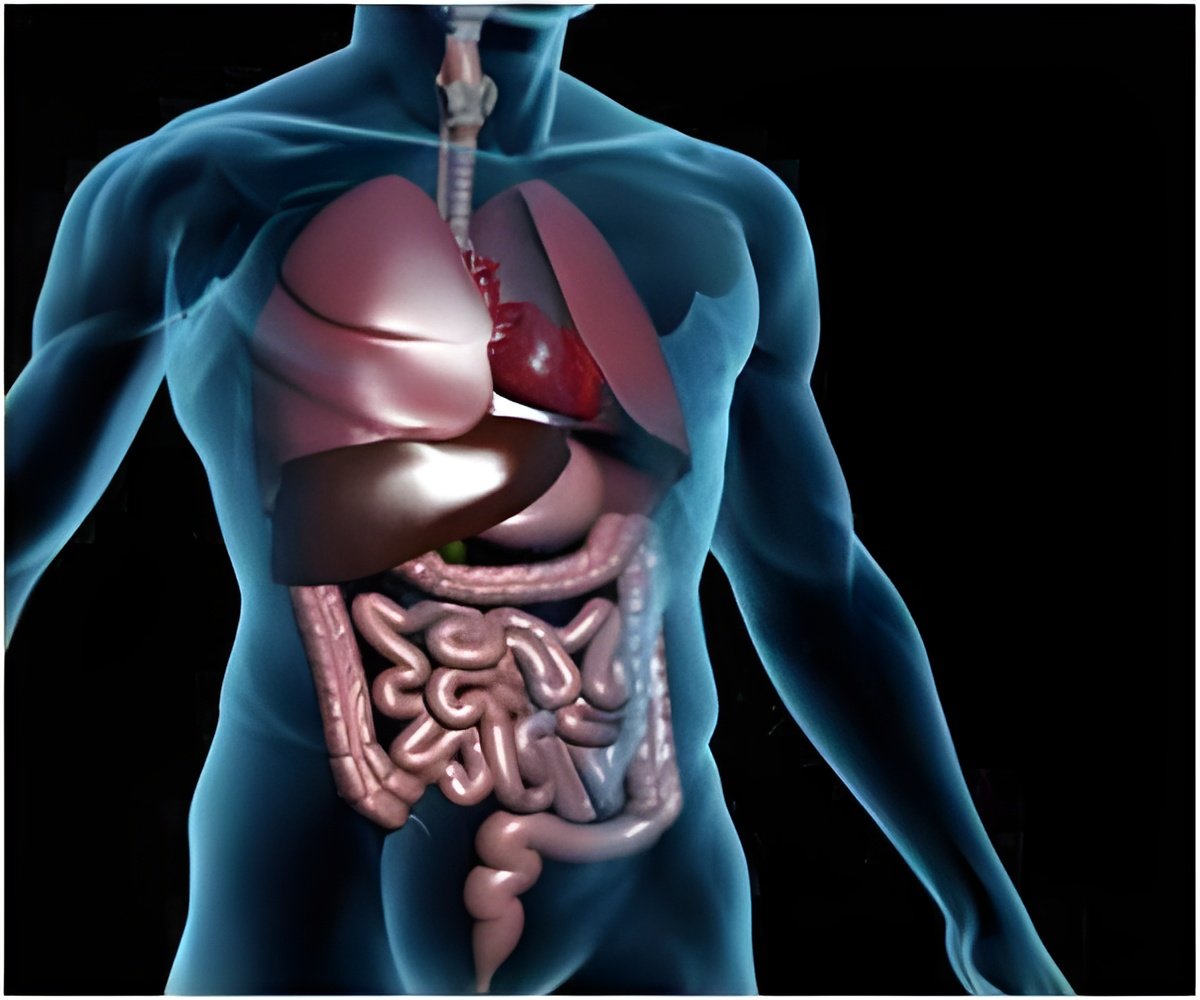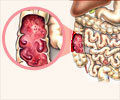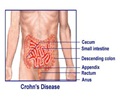
It is now possible to develop new treatments that stop or reduce the damaging effects of IL-23, potentially bringing relief to millions of people with IBD and possibly other inflammatory illnesses as well.
"Our studies highlight the pathogenic role of IL-23 in the induction of mucosal injury in the gut," said Zhanju Liu, a researcher involved in the work from the Department of Gastroenterology at The Shanghai Tenth People's Hospital at Tongji University in Shanghai, China.
For the finding, Liu and colleagues analyzed IL-23 expression in intestinal mucosa using laboratory techniques that amplify and simultaneously quantify a specific DNA molecule, allowing for both detection and quantification of one or more specific sequences in a DNA sample.
IL-23R expression was detected in a variety of cells from peripheral blood and intestinal mucosa of IBD patients, suggesting that IL-23 plays an important role in the induction of proinflammatory cytokine secretion as well as different types of immune cells including recently discovered Th17 helper T cells that are often important in inflammatory diseases.
"This research is important because it helps us better understand why people develop IBD, and defines one of the key pathways driving the excessive inflammation," said John Wherry, deputy editor of the Journal of Leukocyte Biology.
Advertisement
The study has been published in the April 2001 issue of Journal of Leukocyte Biology.
Advertisement













